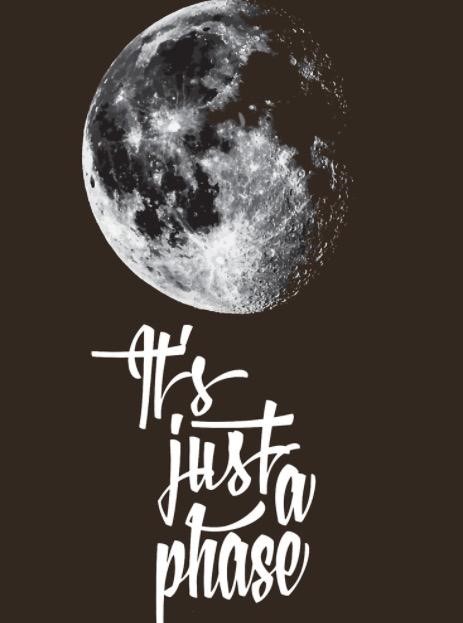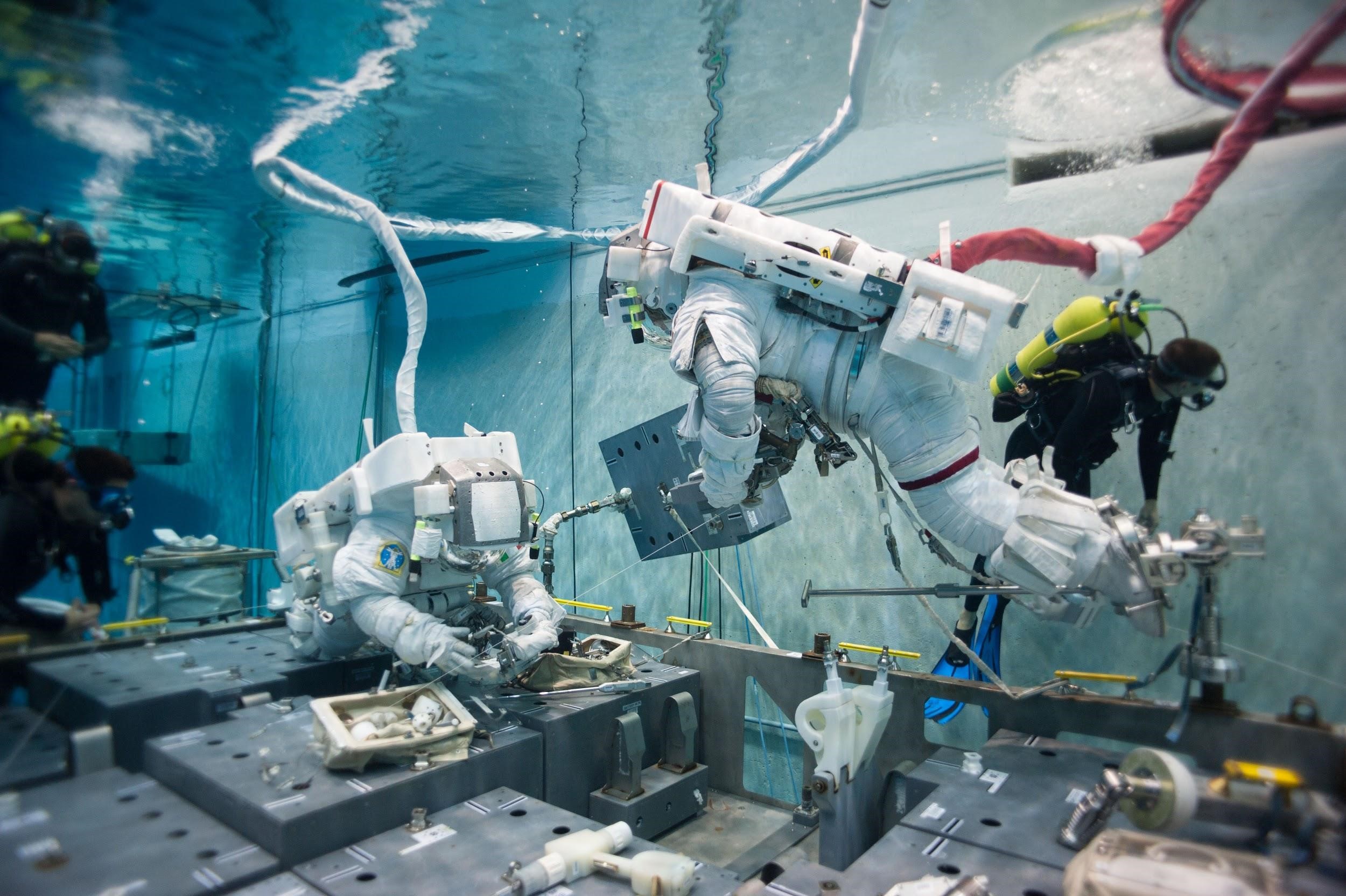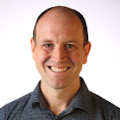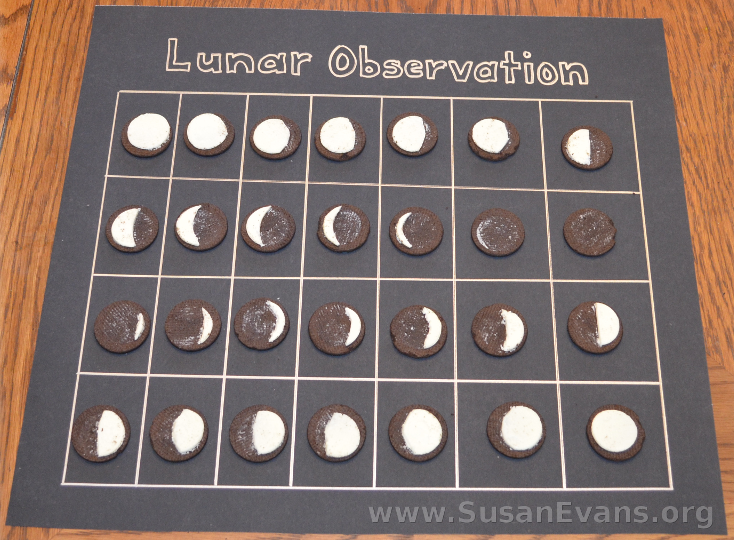GAM 2018 Blog
- Published: Tuesday, April 03 2018 17:00
By Tom Gordon
Think like an astronautIt’s been said that the first people to set foot on Mars have already been born. Whether you like it or not, it doesn't really matter, because it’s probably true, so we should probably start getting used to the idea. In addition, designs and plans to go back to the moon for long-term lunar base missions have already started. The new space race is upon us and the best way to prepare ourselves, is to behave like it has already happened and start doing some experiments as if we’re already there, because before too long, we will be! |
 |
|
Here are some simple experiments or life-pro-tips on how to behave like a Lunar inhabitant |
|
1. Phases of the moonYou can model the phases of the Moon with Oreo Biscuits. If you break the biscuit apart carefully, you’ll be left with the cream filling, and this can be used to model phases of the Moon. Your challenge is to (not eat all the Oreo’s) model the Moon’s phase each night for 28 days! Each night, go and look at the moon, and make some notes about how it looks, then replicate this with the Oreo’s. How is this helping us with being a lunar explorer? Well, we need to know where the Moon is, and the phases of the moon tell us where the moon is in relation to the Earth and the Sun. |
Credit: S. Evans |
|
This is important information to know when going to the Moon. After all Lunar observations in the late 1500’s is where the race to the moon really began. In addition, the 12 Apollo astronauts who walked on the moon, were simply doing lunar observations, just from a lot closer! 2. RegolithYou can make a material called Moon sand. It’s very simple, (though not exactly the same a the Lunar regolith), and it’s a cool material to play with and learn about. Mix 2 cups plain flour, ¼ cup baby oil together (for more just multiply the ingredients) and you’ve got yourself some simulated Moon sand. There are many version of the recipe online, some people call it kinetic sand. |
|
|
When the Apollo astronauts were first designing their mission to the moon, they had very little idea what the Moon was made of, in fact, one of the major science goals for Apollo 11, was to collect a lot of Lunar Regolith to study for future missions. Nasa found out many things about the Moon based on its surface composition. Including this from Harrison Schmitt, Apollo 17 Astronaut and the first Scientist to walk on the moon. “The invasive nature of lunar dust represents a more challenging engineering design issue, as well as a health issue for settlers, than does radiation.” |
|
|
In that theme, make some Moon sand and construct a Lunar landscape or create a footprint in it like the iconic image from Neil Armstrong. Here are a couple of ideas for experiments:
|
|
3. Moon gravityThere are a number of ways of simulating weightlessness. We can go to the ISS, go on the Vomit Comet (KC-135 or A300), or do an experiment in a drop tower, but they’re all difficult and expensive to access and expensive. But with a little maths (I’ll leave this up to you!), we can work out how to do a basic Lunar gravity simulation. On Earth, an object dropped from 1m will take about 0.45s to reach the ground. On the Moon, with its 1.672 m/s^-2 acceleration due to gravity (compared to 9.8 m/s^-2 on Earth) it’ll take the same object 1.1s to fall 1 meter. You can work this out with simple equations of motion. So with that information, you should be able to create a model of Moon gravity be making a 1 meter high ramp for a cart to go down where it takes 1.1 seconds to reach the bottom. This would model the acceleration of an object falling 1 meter on the Moon’s surface. There are plenty of other ways to do this including Atwood’s Machines. (I’ll let you look that up!). Once you can model the gravitational field on the Moon, you can do some cool experiments like, measure the weight (using some scales) of different objects in Moon gravity, see how different objects ( Newton's cradle, for example) behave in reduced gravity. |
|
4. TrainingLastly, act like an astronaut!. An extremely easy and cheap way to do this is to be healthy and get fit. It’s what astronauts spend a lot of time doing. Another way to act like an astronaut is to go for a snorkel, this is a great way to experience simulated weightlessness underwater. |

Credit: NASA |
|
Astronauts spend a lot of time training in what’s called the Neutral Buoyancy Lab. Full-scale mock-ups of components are installed in the lab and Astronauts spend hours upon hours in the lab practising being weightless. A very inexpensive way to replicate this is to go Snorkeling. If you can, go SCUBA diving too! As a challenge, create a fine motor task for yourself to do while underwater. Get some gloves, go to the beach and solve a Rubik's cube underwater (for example). You’ll essentially be training yourself to be an astronaut! Humans will need to change in order to survive on the Moon. We’ll change in response to the atmosphere, gravity, living conditions, food production, society...many ways. We’ll change physically and emotionally, forever. We need to be ok with this. The fact that people already started planning for Lunar missions, will not change if we’re not ready for it, so let’s prepare ourselves by doing some experiments on Earth. |
|
|
Tom Gordon is a science communicator at the School of Physics. His role is to provide and develop outreach programs to, mainly, High school students in order to assist them with their studies, provide mentors and information about University life and expectations. In addition, he runs many other School and holiday programs such as Gifted and Talented workshops and he is the Chair of the School of Physics outreach committee. |
 |
|
He did a degree in Astronomy and Astrophysics as well as a Graduate Diploma in Science Communication at the ANU, then a Master’s Degree in Space Studies in France. After returning to Australia he was a High School teacher for 4 years in Sydney, and a stint at the National Measurement Institute as a legal metrology policy officer. His role also extends to media enquiries and publications, as well as in-reach to current university students as well as Science Teachers workshops and forums. In his spare time, he is on the executive of the Parents and Citizens committee at his daughters' school and he has also become involved and very interested in the Australian Political process by joining and being active in a minor political party. |
|








 Credit: NASA
Credit: NASA

